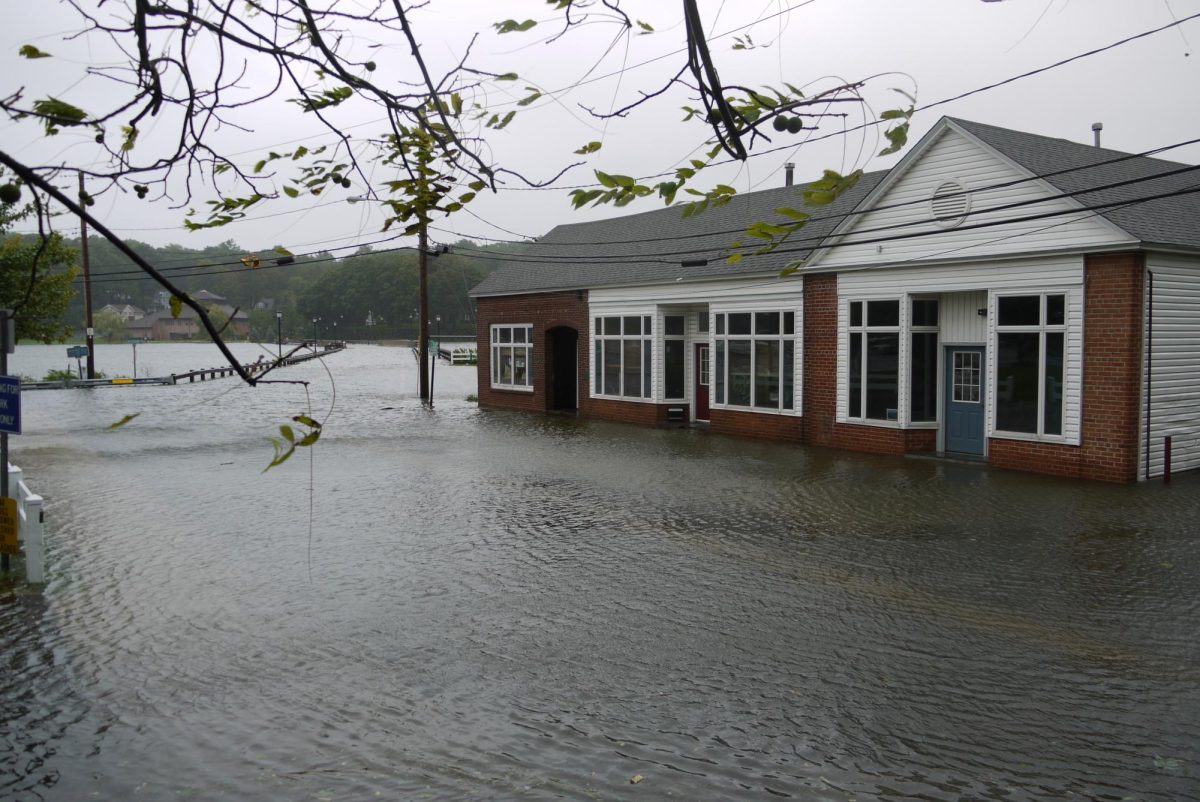In a decision that could have devastating consequences for New York’s communities, the Federal Emergency Management Agency is slashing $325 million in disaster mitigation grants — much of which was earmarked for New York City.
These funds were not abstract or discretionary; they were the financial backbone of projects meant to safeguard lives in Central Harlem, East Elmhurst, the South Street Seaport and several NYCHA complexes. From flood barriers to food security in Hunts Point, these were not just proposals — they were lifelines. In a city already grappling with a struggling economy, this decision is disastrous.
According to Gov. Kathy Hochul, the funding cuts will directly affect several areas of NYC, from crucial flood mitigation work in Central Harlem and East Elmhurst, to halting progress on a coastal resilience initiative at the South Street Seaport, to disrupting storm protection plans for multiple NYCHA housing complexes and jeopardizing a food security program in Hunts Point, along with several other projects across the city and state. Westchester County, Buffalo and Albany are also expected to lose funding.
A fire danger map from New York’s Department of Environmental Conservation has identified 21 counties as being at high risk for wildfires, adding to the growing list of vulnerabilities, including Albany. The reduction in funding for disaster preparedness and resilience projects potentially endangers upstate New York’s areas prone to wildfires.
In addition to terminating the program, FEMA announced it would cancel all pending applications submitted between 2020 and 2023.
Any awarded grant money that was not yet distributed will be pulled back and immediately returned to the federal government.
Sen. Jessica Ramos of Queens, who represents East Elmhurst and Corona, expressed deep frustration over the news that FEMA would cut climate resiliency projects in her district.
“My neighbors could die if we have another rainstorm like we had during Hurricane Ida,” Ramos said. She emphasized the urgency of the situation and committed to pushing the state to cover the funding gap.
At the same time, the Trump administration is also pulling more than $40 million from planned coastal protection efforts in Lower Manhattan, further jeopardizing the city’s preparedness for future storms.
“In the last few years, New Yorkers have faced hurricanes, tornadoes, blizzards, wildfires and even an earthquake — and FEMA assistance has been critical to help us rebuild,” Hochul said.
Without the funding, New Yorkers will struggle to cope with the aftermath of disasters even more than before.
After Hurricane Sandy, FEMA’s efforts in recovery, with a budget of $25.5 billion for New York and New Jersey, helped struggling New Yorkers rebound from a situation they could neither control nor prevent.
The organization’s status itself is in question. Trump is considering disbanding it entirely, instead allocating money to states directly after disasters.
Whether FEMA continues to operate or disbands in the next few years, funding to states after disasters is crucial and must remain a consistent priority.
Disasters don’t operate on a timeline, and when they happen, communities need reliable support to recover and rebuild.
Pulling back funding — especially for preventative efforts like flood control, storm protection and food access — doesn’t just delay progress; it leaves neighborhoods less prepared for what’s ahead.
Investing in resilience now is far more effective and far less costly than scrambling to pick up the pieces later.
As Congresswoman Grace Meng put it, this decision “will literally put lives at risk.” If the state doesn’t step in to fill the gap, it’s not a matter of if tragedy strikes, but when.








